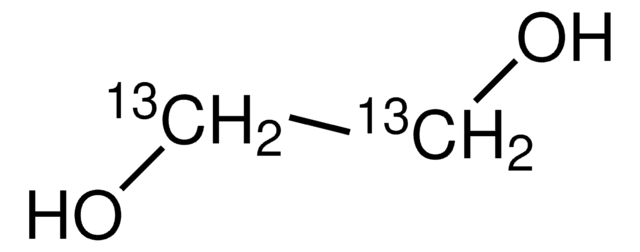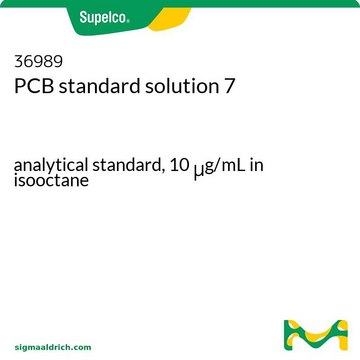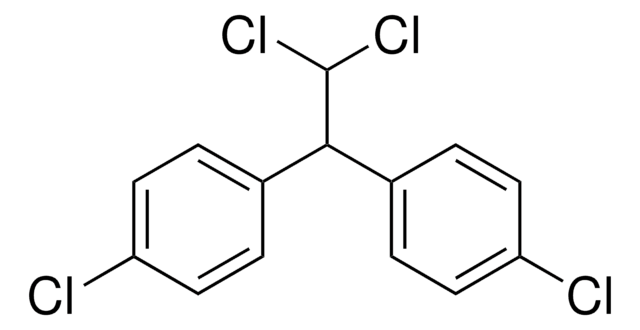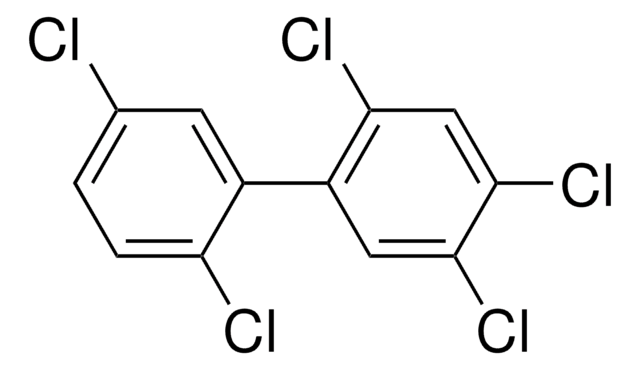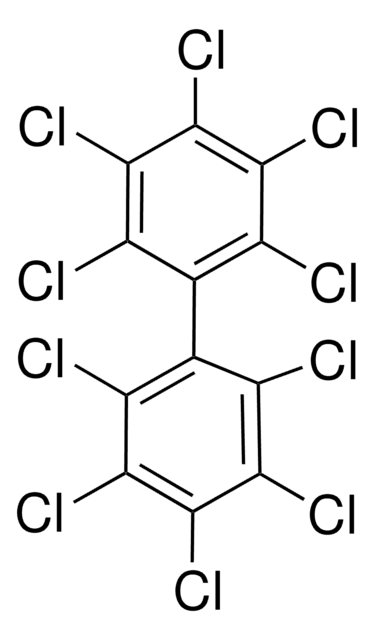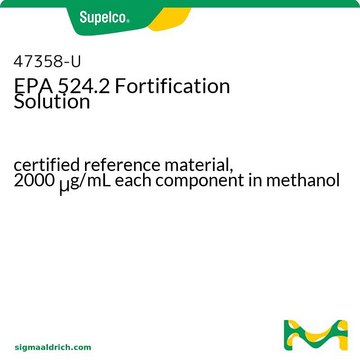BCR298
2,2′,3,4,4′,5,5′-Heptachlorobiphenyl
BCR®, certified reference material
Sinónimos:
2,2′,3,4,4′,5,5′-Heptachlorobiphenyl
About This Item
Productos recomendados
grado
certified reference material
Agency
BCR®
fabricante / nombre comercial
JRC
aplicaciones
pharmaceutical (small molecule)
formato
neat
temp. de almacenamiento
2-8°C
cadena SMILES
Clc1cc(Cl)c(cc1Cl)-c2cc(Cl)c(Cl)c(Cl)c2Cl
InChI
1S/C12H3Cl7/c13-6-3-8(15)7(14)1-4(6)5-2-9(16)11(18)12(19)10(5)17/h1-3H
Clave InChI
WBHQEUPUMONIKF-UHFFFAOYSA-N
¿Está buscando productos similares? Visita Guía de comparación de productos
Nota de análisis
BCR298
Información legal
Palabra de señalización
Warning
Frases de peligro
Consejos de prudencia
Clasificaciones de peligro
Aquatic Acute 1 - Aquatic Chronic 1 - STOT RE 2
Código de clase de almacenamiento
11 - Combustible Solids
Clase de riesgo para el agua (WGK)
WGK 3
Punto de inflamabilidad (°F)
Not applicable
Punto de inflamabilidad (°C)
Not applicable
Equipo de protección personal
Eyeshields, Gloves
Elija entre una de las versiones más recientes:
Certificados de análisis (COA)
Lo sentimos, en este momento no disponemos de COAs para este producto en línea.
Si necesita más asistencia, póngase en contacto con Atención al cliente
¿Ya tiene este producto?
Encuentre la documentación para los productos que ha comprado recientemente en la Biblioteca de documentos.
Nuestro equipo de científicos tiene experiencia en todas las áreas de investigación: Ciencias de la vida, Ciencia de los materiales, Síntesis química, Cromatografía, Analítica y muchas otras.
Póngase en contacto con el Servicio técnico

